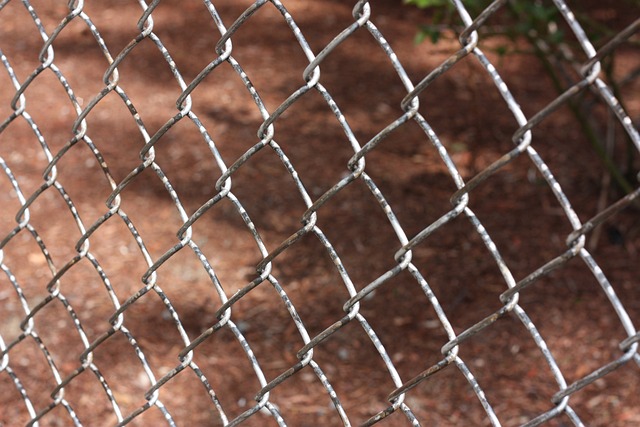When Perception Is Protection: The Psychology Behind Security Fencing
Security often starts in the mind. Before anyone checks a lock or sets an alarm, there’s already a decision being made: is this space safe or not? That judgment happens fast sometimes in seconds and it’s often based on how the area looks. That’s where the psychology of design becomes just as important as the materials used. One of the clearest examples of this is in the use of fencing.
It’s easy to think of fences as simply barriers. They keep people out, mark property lines, and provide physical protection. But in many commercial settings, the role of fencing goes far beyond function. It sends a message one that shapes how people behave and how secure they feel. This is where perception becomes part of protection.
People make quick decisions about whether a space is worth entering or avoiding. A well-maintained, professionally installed fence gives off a clear signal: this site is controlled, watched, and respected. In contrast, damaged or poorly planned barriers can suggest weakness or carelessness. Even if the rest of the security system is advanced, a neglected fence creates doubt.

Image Source: Pixabay
This is why the visual aspect of security fencing should never be underestimated. Clean lines, appropriate height, and the right choice of material all influence how a site is perceived. Metal railings with sharp tips may send a stronger warning than chain-link. Timber panels may feel softer and more inviting but might not suggest the same level of seriousness. These choices matter, especially in places where public perception affects business such as schools, offices, or retail parks.
Interestingly, strong visual barriers can stop trouble before it starts. Many opportunistic crimes happen when access seems easy and consequences appear low. A well-designed fence can interrupt that thought process. It introduces doubt, adds time, and signals control. In this way, the fence doesn’t just act as a barrier; it acts as a deterrent. People think twice. And often, that’s enough.
Placement also plays a part in how fencing is viewed. A barrier close to the building suggests tight control. One that circles a wide perimeter implies broader surveillance. Both choices change how people behave. Employees may feel safer; visitors may act more respectfully; unwanted guests may keep their distance. All of this happens because of what the fence suggests, not just what it does.
Of course, perception alone isn’t enough. Security fencing must still perform its role physically. It must be strong, durable, and suited to its environment. Weather resistance, ease of maintenance, and integration with gates or cameras all contribute to its success. But even when performance is equal, the appearance still influences the outcome. That’s where smart design adds value.
In recent years, there’s been a move towards fencing that balances form and function. Businesses want protection, but they don’t want to look like prisons. This has led to clever solutions such as fences that include decorative elements without weakening their purpose, or barriers that combine natural materials with steel for a less harsh appearance. The aim is to be secure without feeling closed-off.
Choosing the right security fencing, then, becomes more than a matter of size or price. It becomes a strategic decision one that blends physical safety with psychological comfort. For staff and clients alike, the right fence creates a sense of control, calm, and credibility. It becomes part of the story a business tells about itself: we care, we plan, we protect.
In the end, great security is not just about keeping threats out. It’s about shaping how people see and interact with a space. Fencing plays a unique role in that story. It stands quietly at the edge, doing its job, while sending a message without saying a word. That’s the power of perception and the reason it deserves just as much thought as any alarm or lock.

Comments